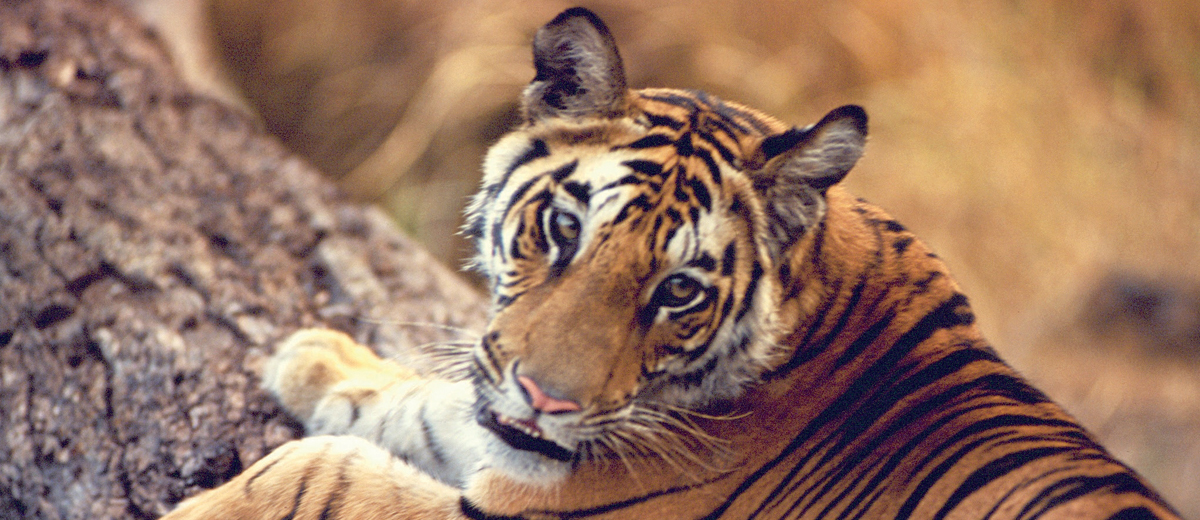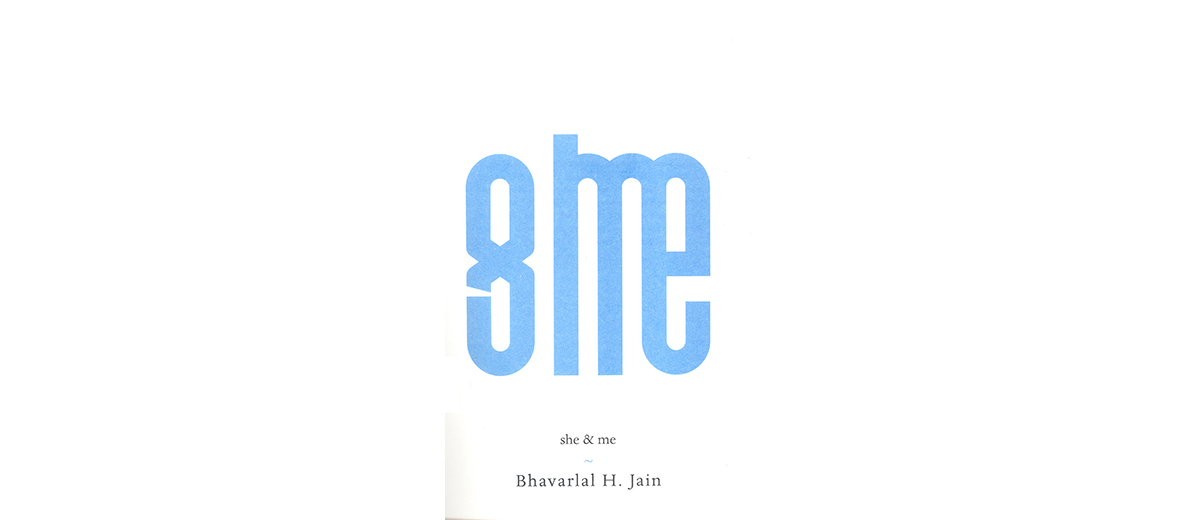
The Sound of Music
History of sound recording
The Wonder That Was the Cylinder takes us on a fascinating journey that sheds light on the pioneering contributions of eminent personalities such as English physicist Thomas Young (who was the first to graphically represent vibrations from a source of sound in 1807) to celebrated American inventor Thomas Alva Edison (1847–1931), who produced and commercialised the phonograph, the precursor of gramophones, in 1877. What is equally interesting is the simultaneous development of the ‘phonogram’ or ‘cylinder’, a hollow cylindrical contrivance, coated usually with wax, which was used for both recording and playing back sound. The full impact of Edison’s invention, however, was felt a couple of decades later when commercial production of phonographs and cylinders first commenced, providing a wondrous means to record the voices of many notable personalities for posterity for the very first time.
Cylindrical recording in India
 Surprisingly, India’s sound recording history, which dates back to the late 19th century, is as old as the West, as is testified by the tracing and unearthing of many old sound recordings (on cylinders), thanks to decades of painstaking effort by the authors. Sadly though, a century of neglect and lack of proper storage techniques have wreaked havoc on many of them and their recordings are irretrievably lost. Fortunately, a few survive and they offer a peek into India’s rich musical heritage, though by no means are they indicative of the wealth of music that the subcontinent boasted at the time. Among some of the recordings that have survived the ravages of time are the masterful voices of Ustad Alladiya Khan (a pillar of Hindustani classical music), Pandit Bhaskarbuwa Bakhale (one of the finest Hindustani classical musicians of the time), Gauhar Jan of Calcutta (a feisty nautch girl and avant-garde artist who pioneered the art of dancing while singing), Miss Allah Bandi of Jaipur (well-known semi-classical singer from the flourishing Parsi theatre of the day), Dadasaheb Phalke (producer-director-screenwriter who is also known as the ‘Father of Indian Cinema’), Bhaurao Kolhatkar (unforgettable maestro of Marathi stage music and Marathi theatre), Balgandharva (legendary Marathi singer and stage personality who was famous for his female roles) and V D Paluskar (singer and trailblazing visionary of Hindustani classical music). An entire section of the book is devoted to these greats with separate chapters on each artiste. Supplemented with well-documented facts and elaborate research, they define an age, culture and way of life that was as colourful and rich as any other in Indian musical history.
Surprisingly, India’s sound recording history, which dates back to the late 19th century, is as old as the West, as is testified by the tracing and unearthing of many old sound recordings (on cylinders), thanks to decades of painstaking effort by the authors. Sadly though, a century of neglect and lack of proper storage techniques have wreaked havoc on many of them and their recordings are irretrievably lost. Fortunately, a few survive and they offer a peek into India’s rich musical heritage, though by no means are they indicative of the wealth of music that the subcontinent boasted at the time. Among some of the recordings that have survived the ravages of time are the masterful voices of Ustad Alladiya Khan (a pillar of Hindustani classical music), Pandit Bhaskarbuwa Bakhale (one of the finest Hindustani classical musicians of the time), Gauhar Jan of Calcutta (a feisty nautch girl and avant-garde artist who pioneered the art of dancing while singing), Miss Allah Bandi of Jaipur (well-known semi-classical singer from the flourishing Parsi theatre of the day), Dadasaheb Phalke (producer-director-screenwriter who is also known as the ‘Father of Indian Cinema’), Bhaurao Kolhatkar (unforgettable maestro of Marathi stage music and Marathi theatre), Balgandharva (legendary Marathi singer and stage personality who was famous for his female roles) and V D Paluskar (singer and trailblazing visionary of Hindustani classical music). An entire section of the book is devoted to these greats with separate chapters on each artiste. Supplemented with well-documented facts and elaborate research, they define an age, culture and way of life that was as colourful and rich as any other in Indian musical history.
Among the many working and non-working cylinders that the Sharmas have unearthed during their long, painstaking search is a cache of 200 cylinders which A N Sharma’s wife, Abha, stumbled upon while the family was exploring a kabaadi shop for antiquated oddments. These cylinders have since come to be known as the ‘Abha Cylinders’ and contain the earliest known recordings of Indian repertoire.
Overseas collections
Despite these finds, the number of indigenous cylinders discovered so far is abysmally low when compared to the huge number of recordings (of Indian renditions) that today remain housed in foreign museums. Among these are the O Abraham and Erich M Von Hornbostel collection, which is in possession of Berlin Phonogramm-Archiv; the Madras Museum Cylinders, a group of 137 recordings by Edgar Thurston and his associate, K Rangachari, from 1905–10; the Berthold Laufer collection (a group of 26 cylinders originally held by Field Museum of Natural History, Chicago); the Strangways Collection which lies with Sound Archive—a wing of The British Library in London; and, of course, the 510 cylinders recorded by Dutch field recordist Arnold Adriaan Bake, who was a scholar of Sanskrit and Indian music and is said to have worked with Dinendranath Tagore (grand-nephew of Rabindranath Tagore).
Heritage lost
 Considering the wealth of Indian cylindrical recordings that lie with foreign institutions today, the authors lament the absence of similar ethnomusicological collections with Indian museums, institutions and archives. This is despite the fact that there was a great demand for phonographs and cylinders in India at the time, which had spawned a flourishing business across the subcontinent in those days! The reason for this is largely attributable to the general apathy of the commercial-minded recording companies of the time, whose primary objective seemed to have been profits; partly to the non-patronising attitude of the British, who neither understood Indian classical music, nor found it appealing; and partly due to the many ustads, belonging to various gharanas of the day, who either were not prepared to part with their treasured art (in the form of recordings) or were not permitted to do so by the maharajas, nawabs and zamindars that they served. Though there were concerted efforts on the part of renowned musicologists of the time to set up a national academy for music to record various masters’ works for posterity, the initiative did not see light of day due to lack of funding. There was a consequent waning of interest until the greatest masters of the day all left for their heavenly abode, one by one. As their great voices fell silent, the dulcet notes of what could have been a grand musical legacy eventually faded forever and got lost in the mists of time.
Considering the wealth of Indian cylindrical recordings that lie with foreign institutions today, the authors lament the absence of similar ethnomusicological collections with Indian museums, institutions and archives. This is despite the fact that there was a great demand for phonographs and cylinders in India at the time, which had spawned a flourishing business across the subcontinent in those days! The reason for this is largely attributable to the general apathy of the commercial-minded recording companies of the time, whose primary objective seemed to have been profits; partly to the non-patronising attitude of the British, who neither understood Indian classical music, nor found it appealing; and partly due to the many ustads, belonging to various gharanas of the day, who either were not prepared to part with their treasured art (in the form of recordings) or were not permitted to do so by the maharajas, nawabs and zamindars that they served. Though there were concerted efforts on the part of renowned musicologists of the time to set up a national academy for music to record various masters’ works for posterity, the initiative did not see light of day due to lack of funding. There was a consequent waning of interest until the greatest masters of the day all left for their heavenly abode, one by one. As their great voices fell silent, the dulcet notes of what could have been a grand musical legacy eventually faded forever and got lost in the mists of time.
A collector’s item
To ethnomusicologists and those possessing esoteric knowledge of pioneering sound recording methods, The Wonder That Was the Cylinder holds immense interest as both a treatise on the evolution of sound recording and as a reference manual. It serves as a treasure trove of information that makes for a collector’s item. Accompanied with a recorded CD, the book brings back to life golden voices from the earliest days of India’s sound recording history that once were thought to have been lost forever.










